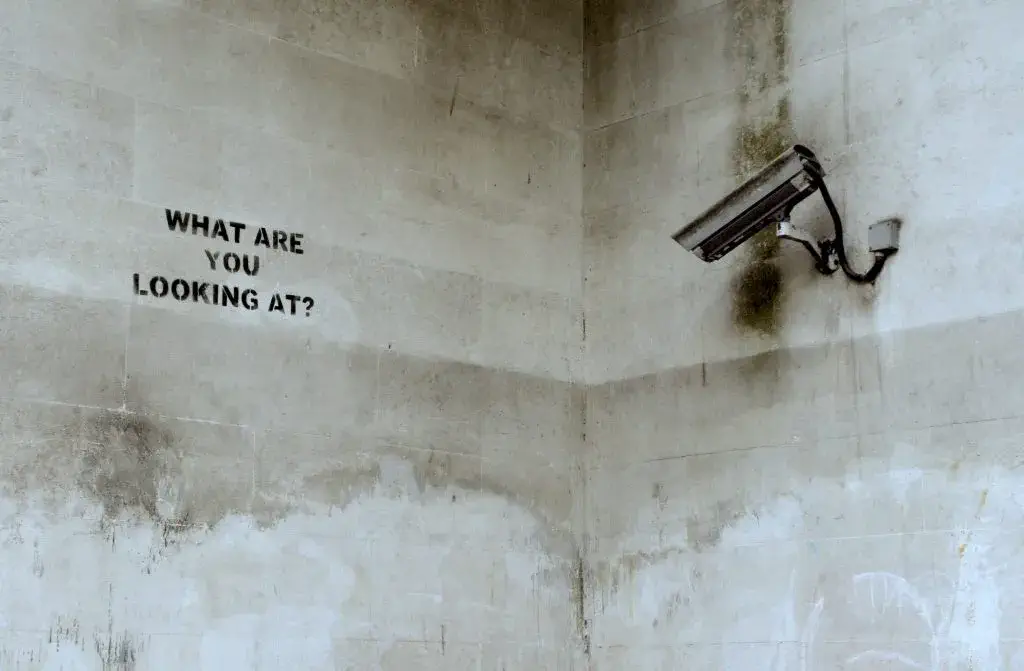How to Quickly Reduce Liquor Inventory Losses? | 5 Quick Tips
Often when we think of liquor inventory control, our minds go to behind the bar. To take it one step further, the default mode for most bar and restaurant operators is to attribute inventory loss to staff.
If we’re not careful, we can wrongly place blame on our team members for over-pouring select guests, comping too many drinks, broken bottles, or outright theft.
Having said that, let’s dive into some of the ways you can reduce liquor inventory losses today.
Liquor Inventory Control Starts at the Backdoor
Liquor inventory control and loss prevention begins when products arrive at your venue.
In our video today, we’ll share four simple (but crazy-effective) practices you can implement TODAY to tighten up your receiving process.
Have a Designated Receiving Area
When your receiving process is loose, it’s an invitation for unscrupulous players to take advantage of you. Some operators accept unattended deliveries—be it food or beverages—where no staff member is present when products arrive.
For those venues, this process is critical.
Designate a specific area where deliveries will be accepted, and install a video camera there.
Now, announce it. Let everyone know—staff and vendors—that this area is monitored.
This simple, but powerful change does a few things at once:
- eliminates confusion (everything is in ONE place)
- increases accountability (people behave better when they’re on camera)
- adds a layer of security
- instant replay!
.webp?width=600&height=393&name=reduce-liquor-loss-at-delivery-1024x671%20(1).webp)
Know Who Takes Deliveries
For normal deliveries, where a manager or employee is present to receive inventory, on the invoice:
- get a legible signature
- note the day/date/time
Checkmark Verify Invoices
For each item listed on the invoice, whoever takes responsibility for receiving the order—even if it’s the owner—should place a checkmark beside the item.
This is such a simple procedure, but it’s easy to get lazy with it, especially when you’re busy.
To truly verify, that means putting eyes on each product, then checking it off the invoice.
*Don’t write over any of the data on the invoice—it really interferes with the audit process later.
Take Notes
In addition to checkmark verifying what products have arrived, you’ll also want to make a note of any anomalies with the order. This includes:
- returned products
- shortages
- breakage
- product not ordered
- empty keg returns
- anything that has a financial or inventory element
The Receiving Process in Action
It’s a super-simple process, and here’s what it looks like once you get it rolling:
- The delivery driver arrives at the designated drop spot, which is on camera.
- The driver grabs the owner, manager, or another employee who is responsible for the delivery.
- Each item is visually verified and checked off on the invoice.
- Any anomalies are clearly noted on the invoice.
- The staff member signs/prints their name, date and time on the invoice.
Quick Summation
Just by adding these four simple steps, you’ll reduce a lot of stress, eliminate ambiguity, and most importantly, prevent us from blaming someone for losses when it’s really not their fault!
But, if you feel this isn’t quite enough, there’s always a more serious approach. Call Barmetrix for worldwide tried and proven bar inventory management services!
